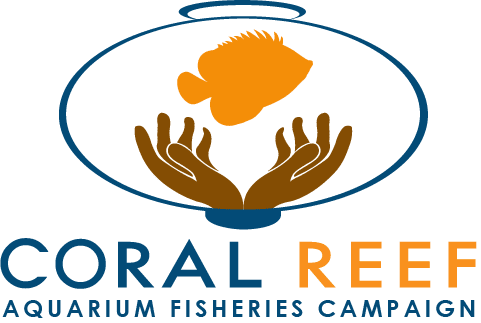Aquarists train each other in aquarium maintenance techniques at Absolutely Fish, a fish retail store in Clifton, NJ (USA).
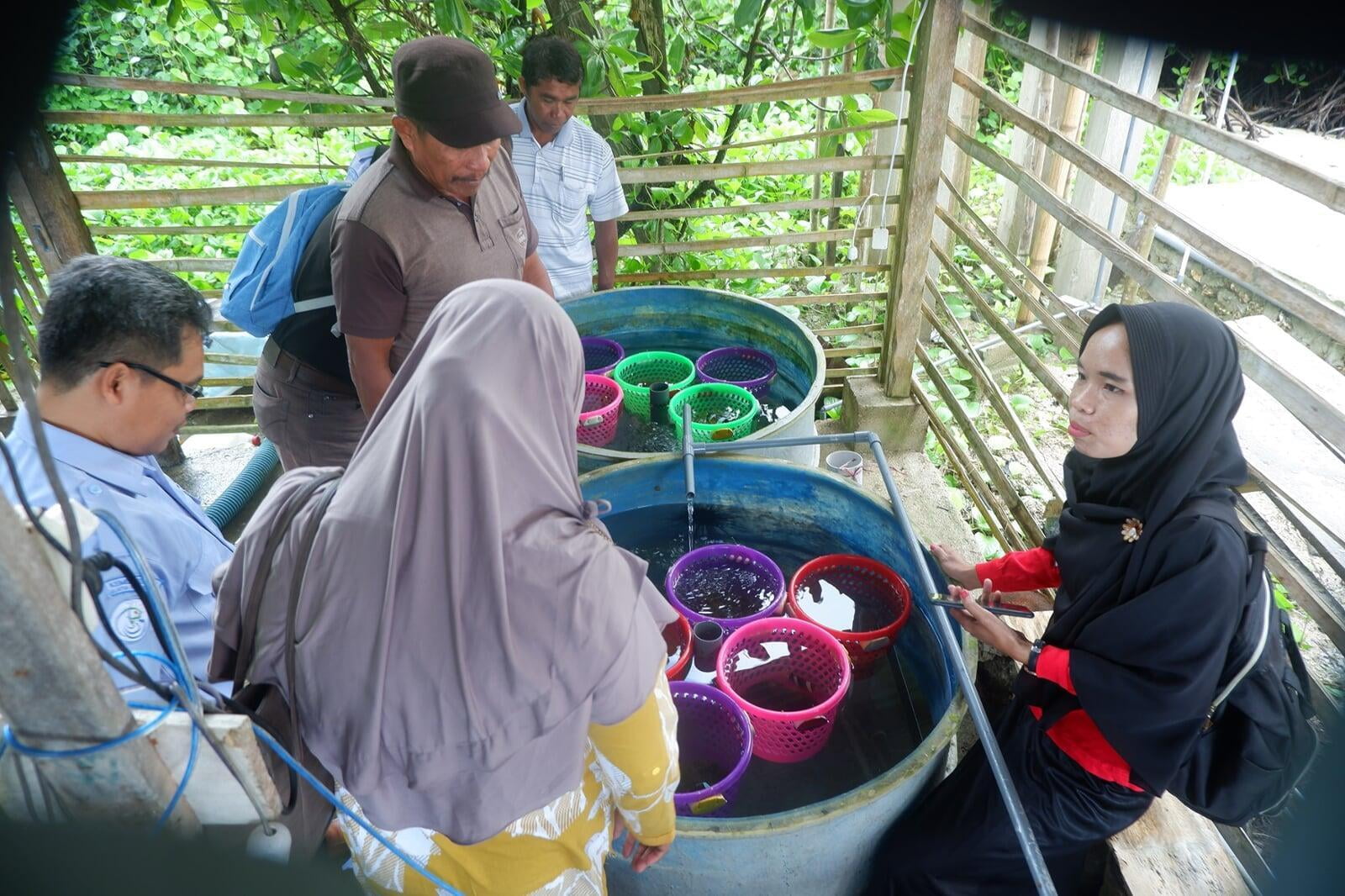
Upgrading the Value Chain means changing the paradigm of the way marine aquarium fishes are traded globally. When fish are sold, profits accrue to stakeholders in the middle of the chain--retailers, wholesalers, importers, exporters, and other traders--leaving little left for the fishers. In some source locales, fishers earn just pennies per fish, offering little incentive to handle, care for, and package them properly. Instead, fishers are incentivized to catch more fish in order to provide for their families.
The Campaign works to change the paradigm from this volume-driven approach to a value-driven approach, where all stakeholders in the value chain--including fishers--are incentivized to command premiums for healthy, high-quality fish that survive the trip from reef to retail. We do this by discovering strategies to move value up the chain, and teaching best practices in fish husbandry and business management to stakeholders throughout the value chain.
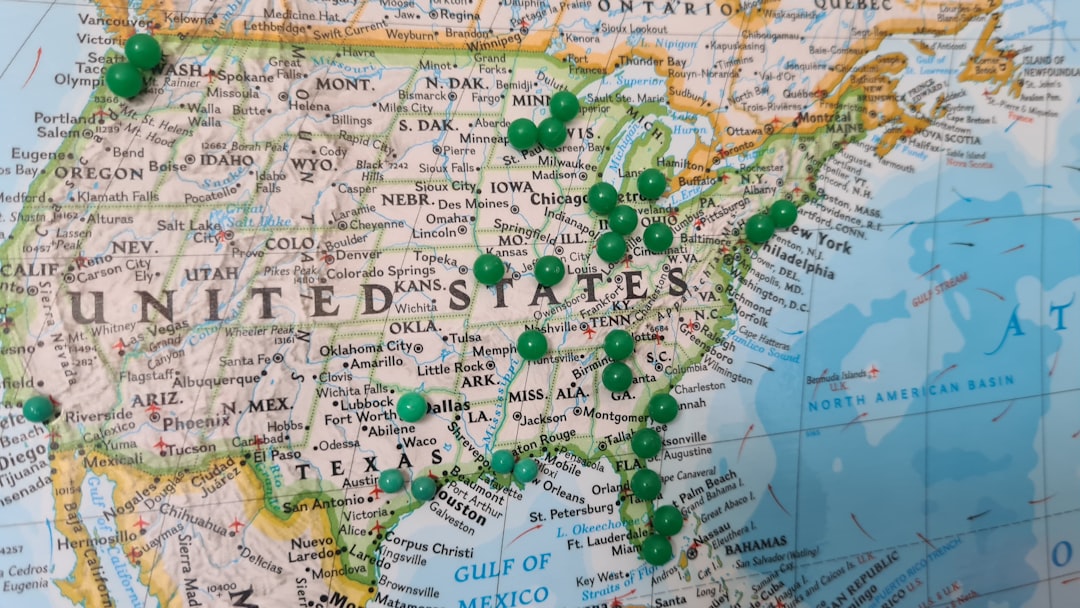
Discovering the U.S. Marine Aquarium Industry
Dedicated volunteers from Mystic Aquarium systematically searched the internet for marine aquarium businesses operating throughout the U.S. using a series of carefully considered and tested search terms. The resulting database of 3,200 businesses provides not only contact information but also categorizes them by sector (e.g., retailer, wholesaler, public aquarium, etc.). This resource enables the Campaign to map the value chain, survey the industry to identify areas for sustainable business growth, and reach out to businesses with educational programs to improve fish husbandry and business management practices.
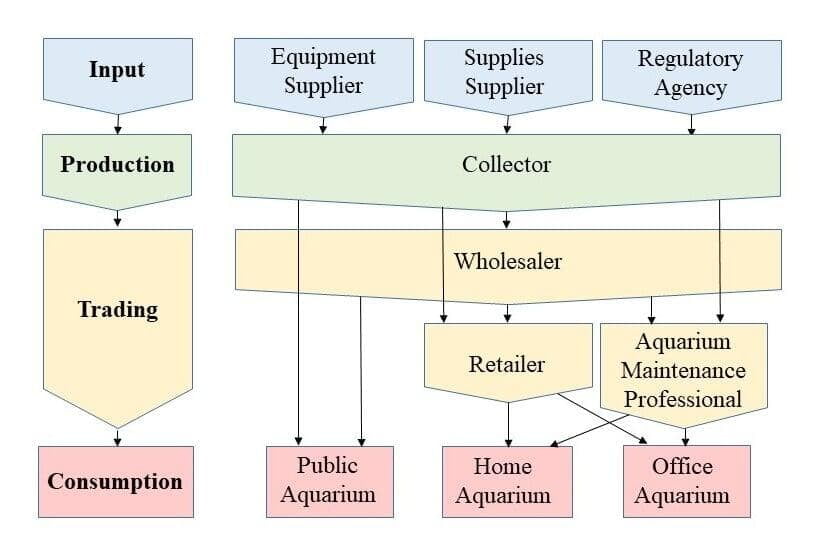
Value Chain Analysis
Fisheries Economist and Campaign partner Dr. Bob Pomeroy specializes in Value Chain Analysis (VCA), which begins by mapping market processes and economic actors, elucidating linkages among them. All value chains operate under governance, whether formal (laws, regulations) or informal (professional codes of conduct). The VCA discovers the "rules" at play in a value chain, revealing the distribution of power among its actors. Understanding the linkages among actors, including governing bodies, provides practitioners with a roadmap to strengthen the relationships among them, which lays the groundwork for improvements in the value chain. The analysis searches for and discovers challenges in the value chain, yielding recommendations for improvement or upgrading. For the marine aquarium fish trade, these could include, for example, harnessing technology to conduct business operations more efficiently, shifting demand to resilient species that may offer increased revenue opportunities for fishers and traders, higher valuation of fish species, and increased survival of species across the value chain, and therefore, profits.
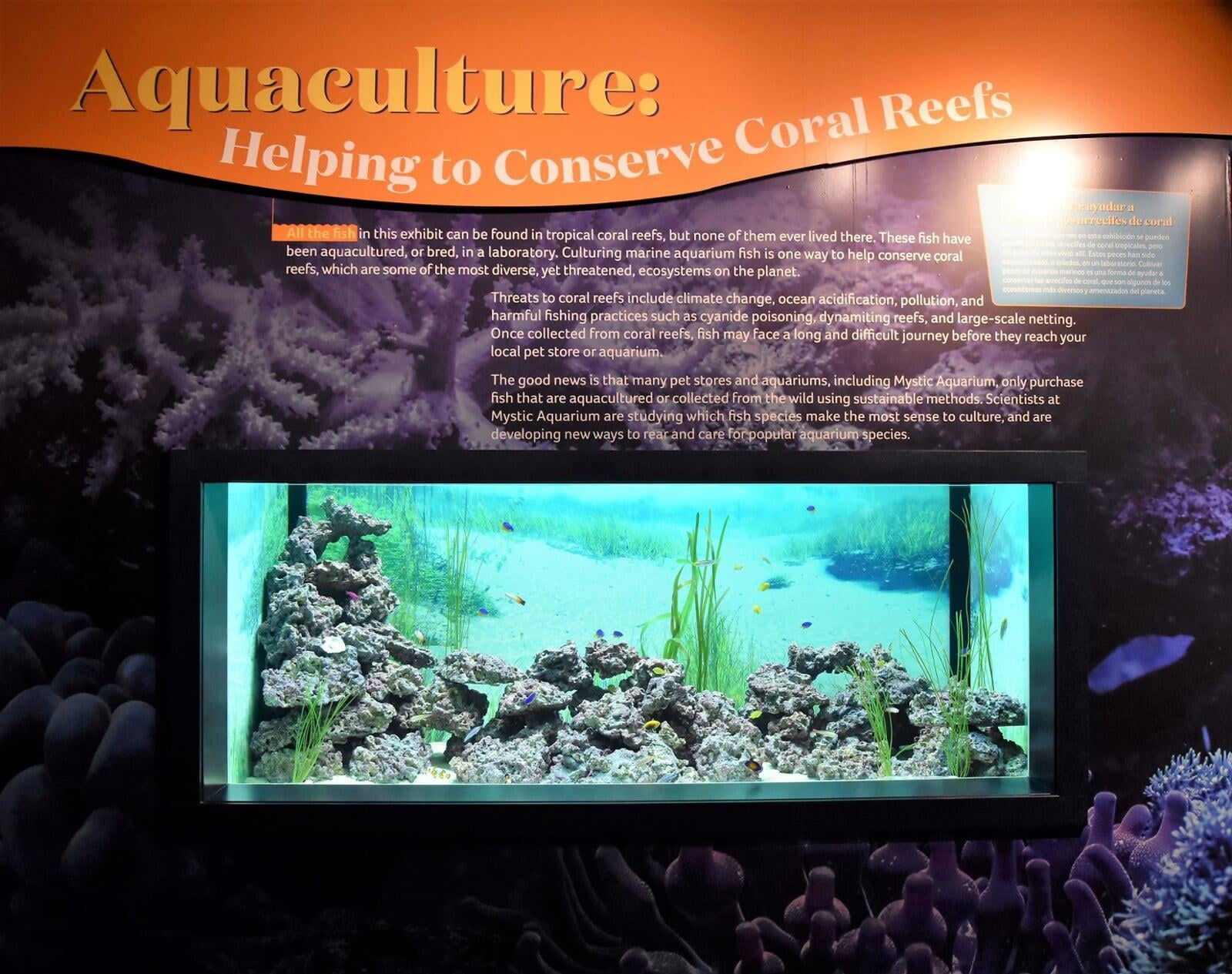
Public Education
Mystic Aquarium is a world-class public aquarium that educates and inspires 800,000 visitors that come through its doors annually. Conservation is at the core of the Aquarium's values. As part of its conservation ethic, it educates its visitors about ways of thinking and behavior changes that they can adopt to make the oceans a healthier habitat. This Aquaculture Exhibit at the aquarium draws guests in with the "baby-fish" factor, then prompts visitors to think about the fish in their home aquaria. Where do they come from? Are their fish wild-caught or aquacultured? Either way, are they sustainably sourced? Visitors are then equipped with these questions to ask their aquarium stores at their next fish purchase.
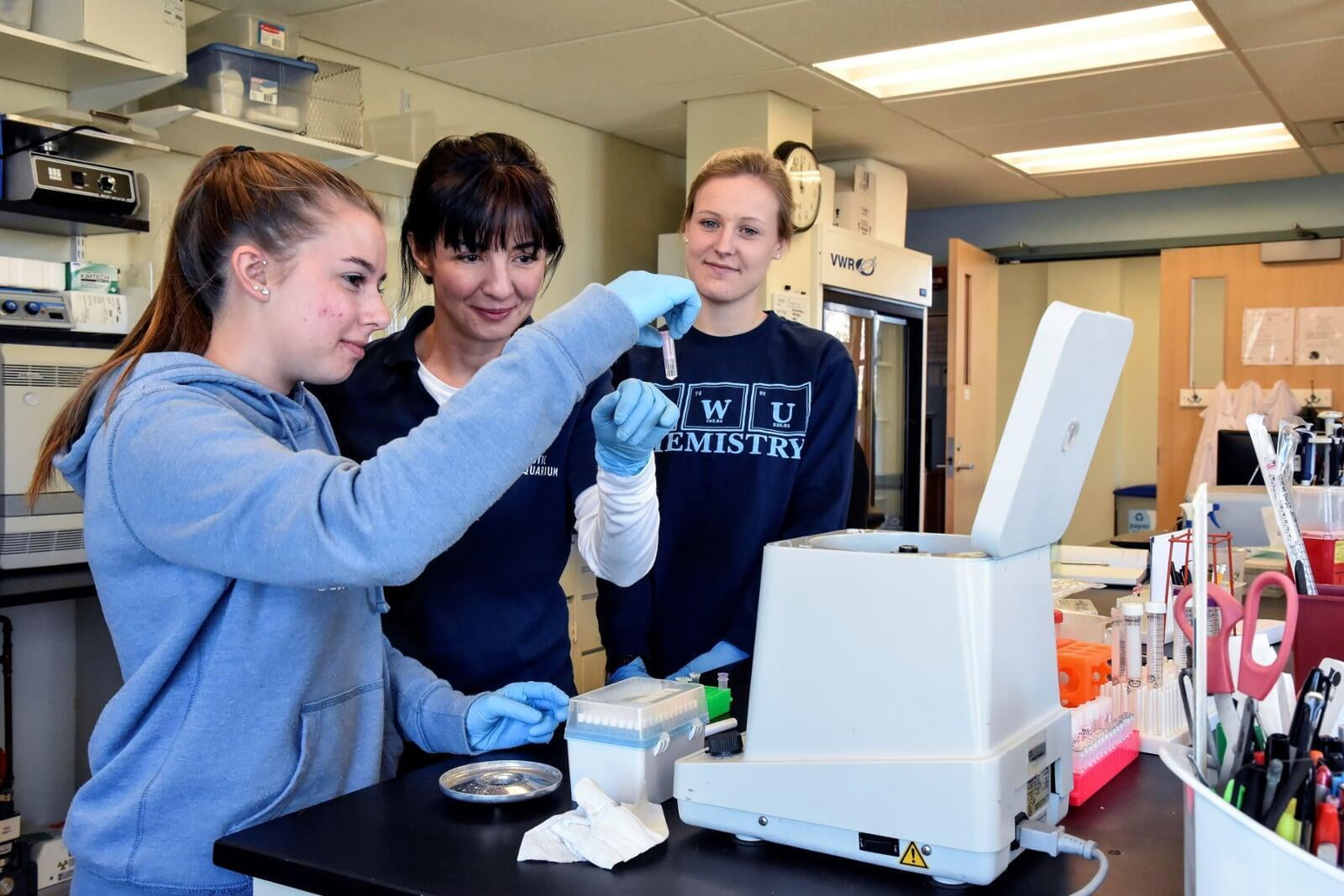
Cyanide Assay Development
Scientists and students from Mystic Aquarium, Roger Williams University, and UMass Boston put their heads together to study and measure how gene activity and the enzymes they produce are triggered in response to cyanide exposure in marine aquarium fishes. Measurement of these analytes can identify targets to develop a field assay that can be deployed to detect and reject cyanide-exposed fishes in the value chain. This work was generously supported by the Paul M. Angell Family Foundation and the Pet Advocacy Network.
